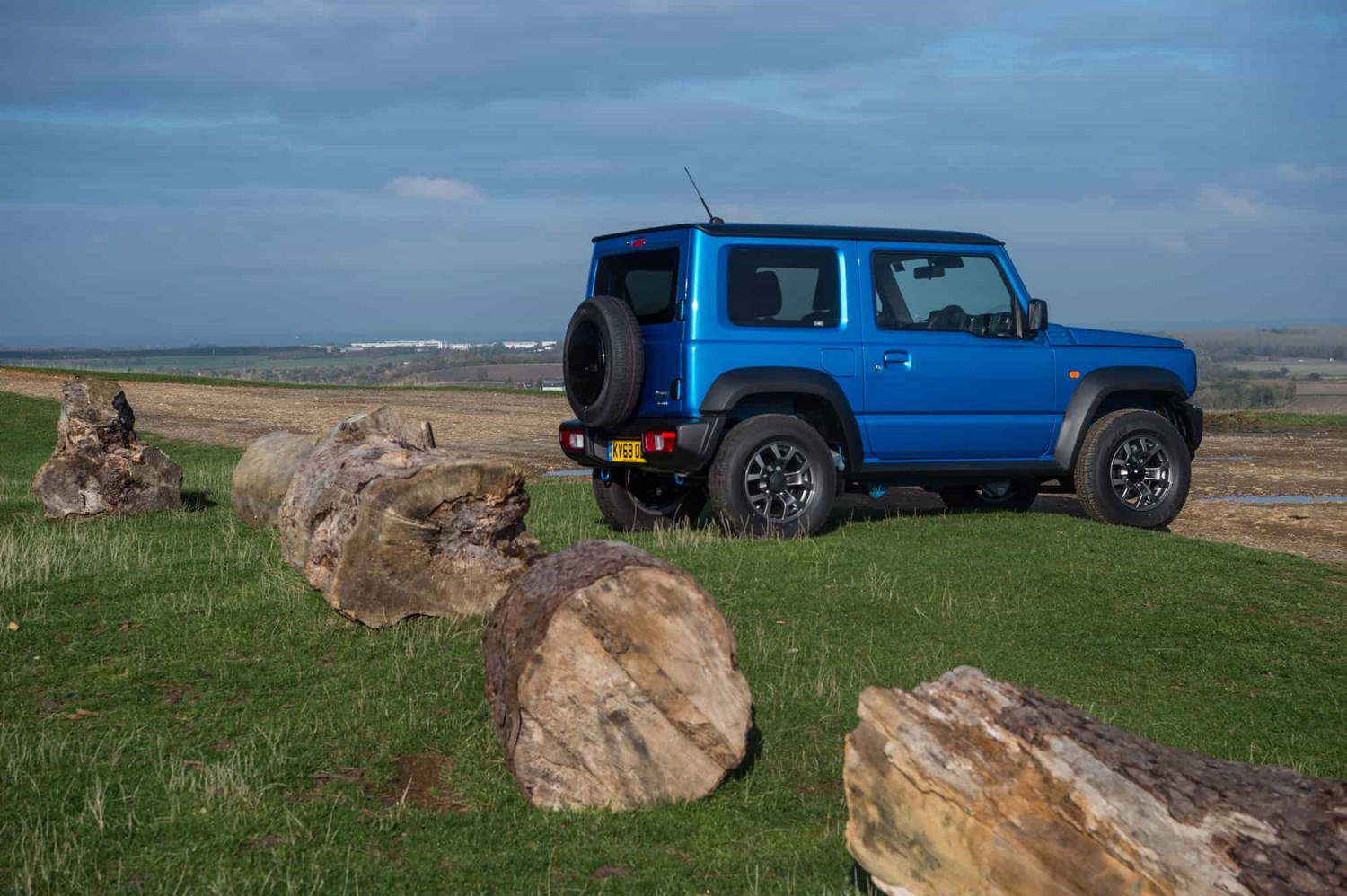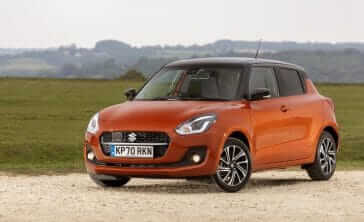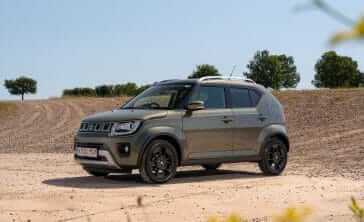Model review
The original Suzuki Jimny began production in 1970 and was the Japanese manufacturer’s first global success. It was a compact, lightweight, rugged off roader powered by a small 360cc motor. Back then, it was dubbed the LJ10 – or Light Jeep 10 – and this cute little compact car tipped the scales at just 600kg. It even featured just three seats, with the area you’d expect to find a fourth seat housing a spare wheel.
In 1972, Suzuki introduced the LJ20 – an updated version of the earlier LJ10 that had a redesigned grille and a new, more powerful engine. Following that was the LJ50 in 1975, adding extra power again courtesy of a 550cc engine among other revisions and improvements. Then in 1977, the LJ80 was launched, now available with a four-stroke engine for the first time.
The second-generation ‘SJ410’ Jimny arrived in 1981 and represented a shift from being a solely practical 4x4 to more of a lifestyle vehicle as well. And three years later it became known as the Samurai, with its 1.3-litre engine – at the time Suzuki’s largest motor – leaping onto the scene.
For 1998, Suzuki gave us the full third-generation of its dinky off-roader — marking the return of the Jimny name. Considerably more modern than its predecessor, the new Jimny focused on being great around town, while retaining the cracking off-road ability that made it so popular. Since its initial release, the third-generation model received many updates over its impressive 20-year lifespan including a new front bumper, grille and fog lights for 2013, as well as new colours, a new seat fabric and a revised instrument cluster for 2015.




